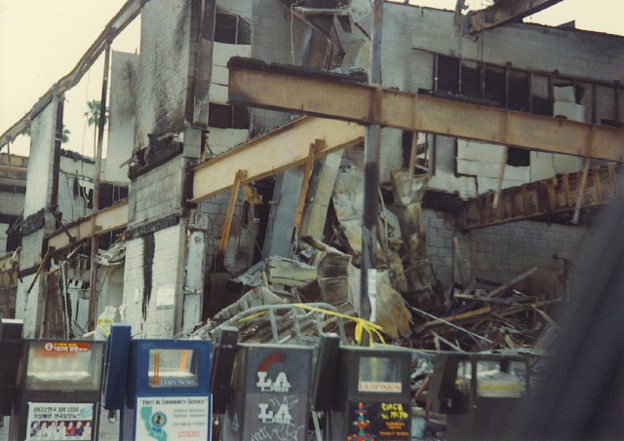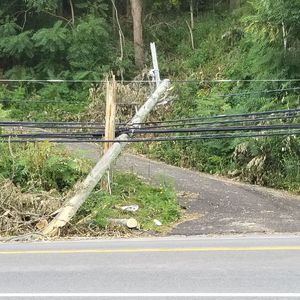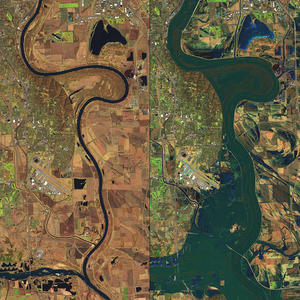
Disaster restoration work provides a lucrative niche for many contractors. It also provides a lifeline for homeowners devastated after a major event, most of whom want to rebuild. But if you—as a local contractor—face personal devastation because your home and job sites are damaged, you’ll only be able to help yourself. To make sure you are ready to spring into action when disaster comes to your neighborhood, here’s a primer on how to keep your job sites disaster-proof, and how you can spring back quickly to help your community.
Keeping your job site disaster ready
Construction sites remain more vulnerable during storms because the basic weatherproofing elements may not yet be in place. Even after a moderate, seasonal storm, it’s common to see house-wrap torn off, roof paper fluttering in the breeze, and the interior of partially built homes flooded. During an earthquake, structures not yet fully tied down to the foundation with shear systems in place will undergo significant racking and often collapse. In wildfires, framed buildings without fire-suppression systems functional, catch fire easily and burn to the ground.

Whatever hazard you face locally, prepare for it. Evaluate your risk periodically and make it a topic of you tailgate safety meeting. For example, would a stack of bricks on a scaffold become a life-safety risk in a seismic event if bricks fall atop workers below. Would a…
Weekly Newsletter
Get building science and energy efficiency advice, plus special offers, in your inbox.

This article is only available to GBA Prime Members
Sign up for a free trial and get instant access to this article as well as GBA’s complete library of premium articles and construction details.
Start Free TrialAlready a member? Log in













2 Comments
Nice article. I think you mean "shear", not "sheer".
Lee
Thanks for the heads up, Lee.
Log in or become a member to post a comment.
Sign up Log in